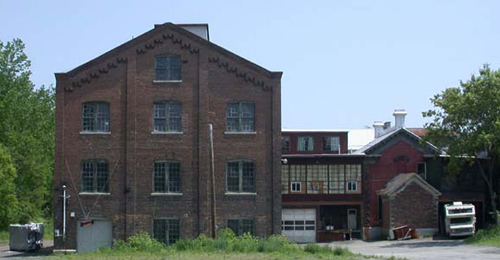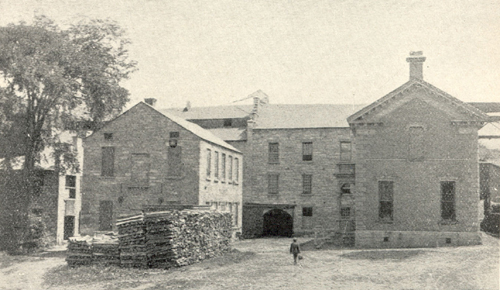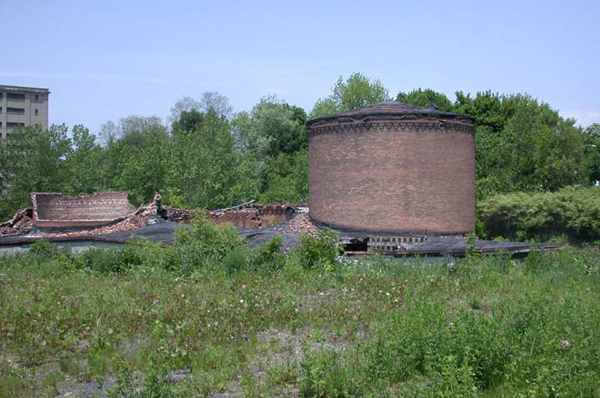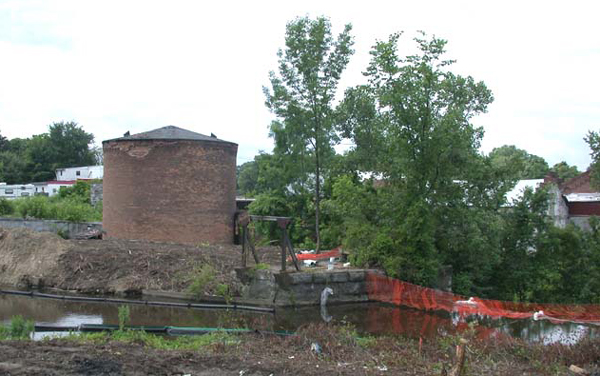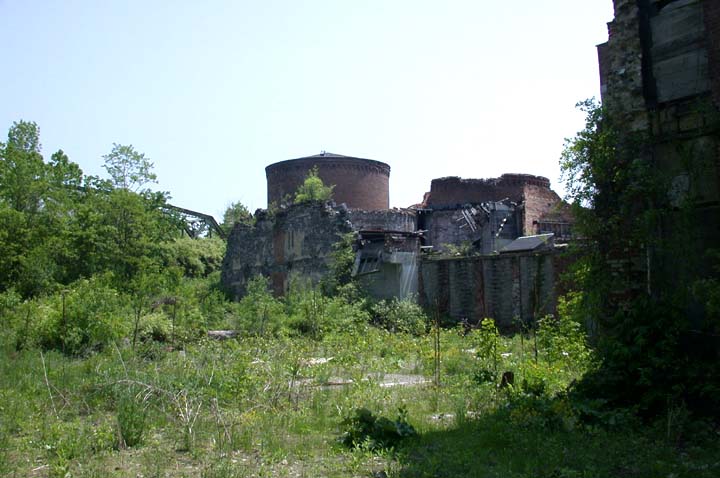Amsterdam: The Rug City
by Jerry Snyder
In the late eighteenth and first half of the nineteenth centuries, Amsterdam New York was a prosperous community and major industrial center. Located about 33 miles west of Albany in the Mohawk Valley, the "Rug City" was second in the United States only to Philadelphia in the production of carpet.
Besides three massive carpet mill complexes, Amsterdam boasted the largest pearl button manufacturing plant and broom industries in the world, the largest steel spring factory in the country, more than three dozen knitting, textile, and silk mills, a large mill complex for the production of linseed oil, foundries, paper and planing mills, machine shops, and numerous smaller supporting industries and businesses.
This concentration of industry can be traced in large part to the presence of the Chuctanunda Creek, which courses through the city from the hills in the north to the Mohawk River. With its high flow rate and large vertical drop, the Chuctanunda provided an ideal source of water power for the early mills, and later an abundant water supply for the processing of raw materials for textiles. Numerous dams, many of which remain or whose traces can be found today, provide testament to the importance of the creek in the industrial development of the city.
Unfortunately, as with a number of old industrial cities in the Northeast, Amsterdam did not fair well during the second half of the last century, as one industry after another closed down or moved South or offshore, leaving the city with an aging population, a shrinking tax base, and a large number of empty and decaying mills and warehouses. Many of these, along with the entire retail district of the city, were destroyed during the misguided "urban renewal" programs of the 1960's and 1970's. Efforts to attract new industry to the area have been largely unsuccessful, and Amsterdam now finds itself at best a bedroom community for Albany and the Capital District area.
Scattered through the city, however, are rhe remnants of its industrial past which have, so far, escaped the ravages of progress, if not the ravages of time, modern ruins and ghosts from the past that provide a link to the history of the area that deserve at least a passing nod of remembrance before they disappear forever.
